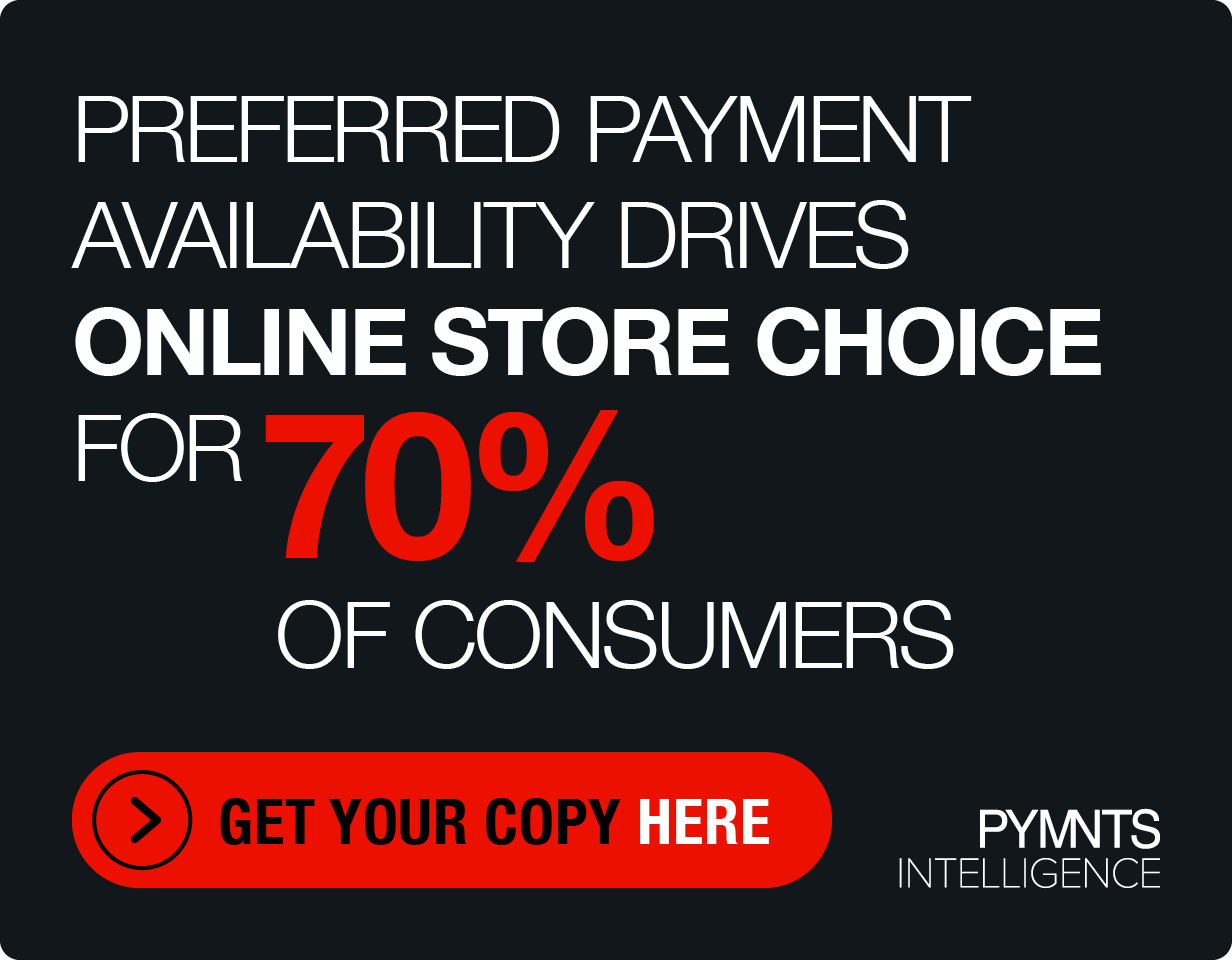How Payment Variety Drives Collections Flexibility For SMBs

In the consumer commerce world, offering customers choice in how they pay for goods and services across channels is an important part of offering an optimal end-user experience. In the B2B world, however, small businesses offering payment choice is less about a positive customer experience and more the result of how a customer demands a certain payment experience.
For payment service providers, this presents an opportunity to guide small and medium-sized businesses (SMBs) that serve both business and consumer customers toward solutions that can not only support customer satisfaction, but also promote efficiencies for the seller as well.
According to Weave Senior Director of Payment Operations Tamra Gray, there are a variety of reasons why small businesses in particular struggle to let go of outdated collections processes that don’t suit their own needs, or the needs of their customers.
“It’s muscle memory,” she said of the ongoing use of the paper invoice. “It’s what they’ve always done, and it works with their accounting system.”
Why Friction Persists
The friction for customers of legacy collections tools is obvious: an experience of a cumbersome process of waiting for an invoice to arrive in the mail, and logging online or calling in to manually enter credit card data. For B2B customers, receiving paper invoices and mailing paper checks has its drawbacks as well.
“Time is of the essence for B2B small businesses,” said Gray. “To have someone sit down at a desk and write checks — they don’t have time. They’re too busy trying to figure out how to put together the bid for their next piece of business.”
For the small business, too, there is significant friction, with Gray pointing to the cost of generating and mailing out those paper invoices as one of the largest.
But traditionally, there have been significant barriers to adopting better collections methods as well. The price and complexity of more sophisticated payments collections technologies are among the tallest, Gray said, with tools like text-to-pay functionality simply not economical enough to warrant an investment — even despite a better customer experience.
Accelerating Collections
As the payments landscape — and the economy at-large — continue to evolve, small businesses increasingly demand solutions that can accelerate their order-to-cash cycles.
“Get me my money as fast as you can,” Gray said of SMBs’ demands today. “Let me get my money in the most convenient way possible, because that is going to increase my loyalty with my customers, whether they be B2B or B2C.”
While she added that more SMBs are interested in adopting digital payment methods in an effort to present their customers with more choice, they continue to struggle to overcome the pain points of managing multiple payment rails in a card-not-present environment, and the security risks it presents.
Businesses in medical services and other similar fields will often need technologies that can accept payment after services have already been completed, and when that payment cannot occur face-to-face — perhaps because of insurance or co-payment issues — businesses need ways to accelerate collections remotely. And increasingly, as gig workers and independent contractors demand mobile payment and collection solutions, digital ways to accept payment when a customer is in a different location are vital.
These are some of the scenarios helping to drive adoption of text-to-pay, though it’s important to note that this collections strategy must exist in cooperation with a variety of payment methods in order to suit all needs and scenarios on both the buyer and supplier end of a transaction.
“There will always be people who want to go in and use their card face-to-face,” she noted. “But small businesses are interested in text-to-pay, and that’s going to expand.”
Finding Flexibility
But while SMBs are facing growing pressure to expand collections options and embrace payments digitization for their business and consumer partners, there is also the need for their payment service providers to similarly demonstrate flexibility in their offerings.
Providing a range of payment options means having to consolidate transaction data in the back office for accounting, for example, while extending technologies that are both affordable and nimble for SMB users. There are also opportunities for value-added services to further add flexibility to the payments and collection process, from adding card-on-file capabilities to integrating financing or payment plan solutions.
As Weave explores these avenues, Gray said the company is also focusing on educating small business clients to the value of adjusting their collections strategy.
“It’s not that they don’t understand the technology or that it’s too cumbersome. from a pricing perspective,” she said. “It’s that they’ve always done it a certain way. We need to help educate them on new, faster, easier ways to go.”
